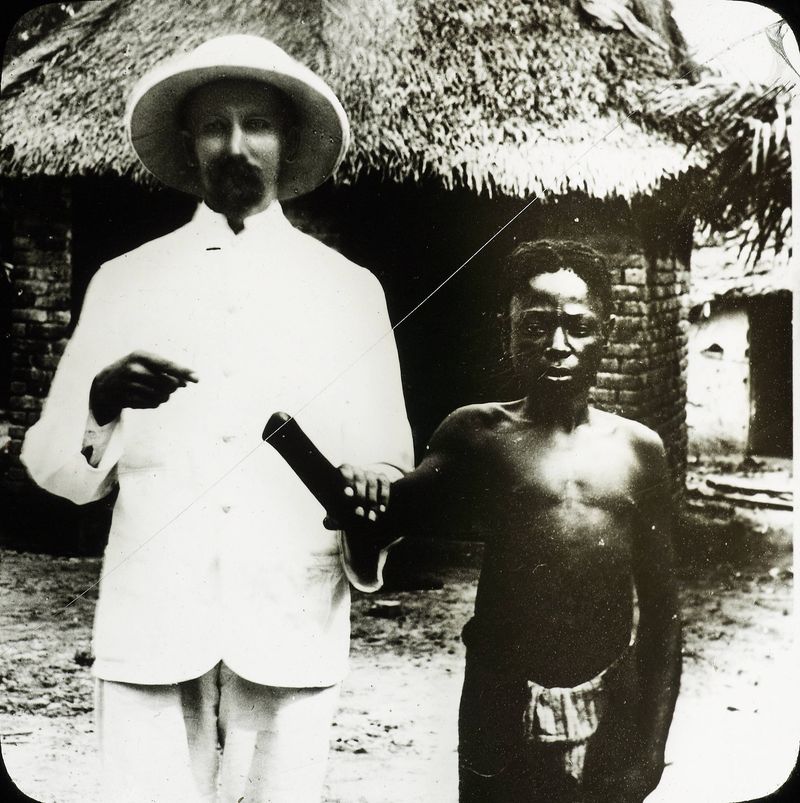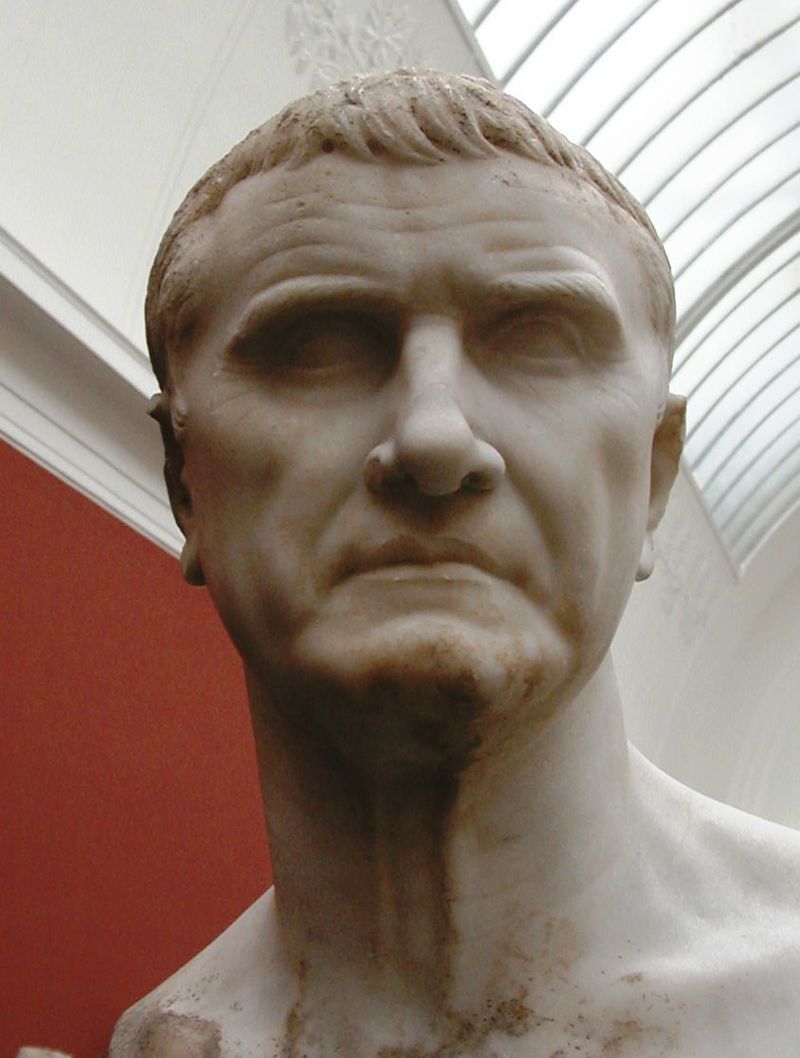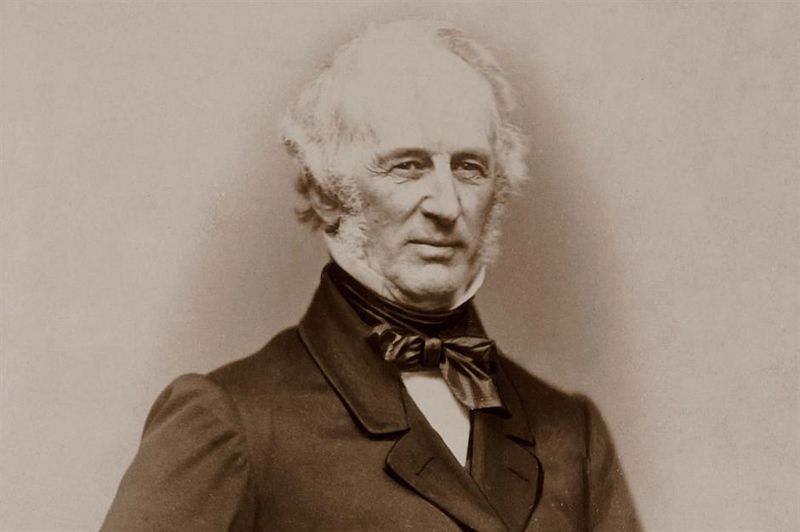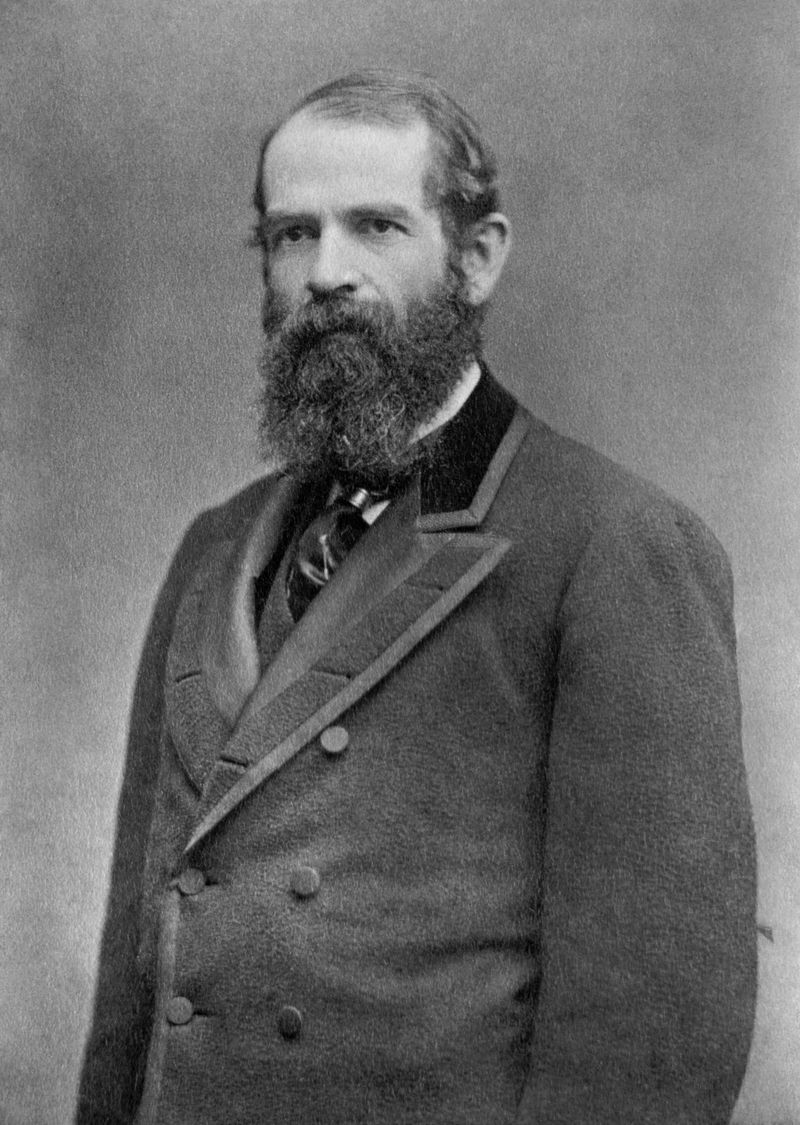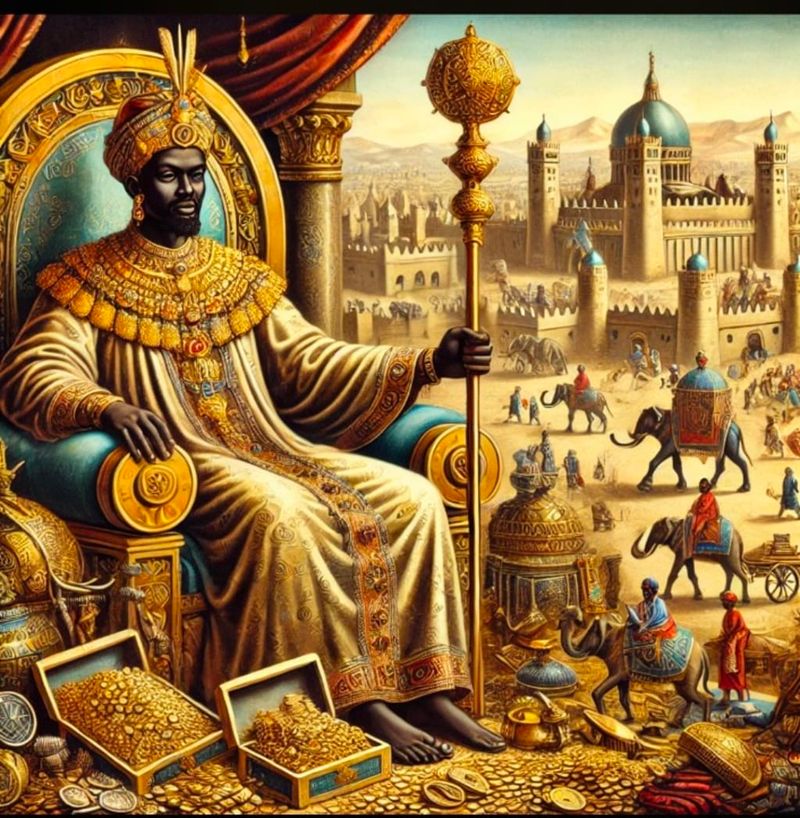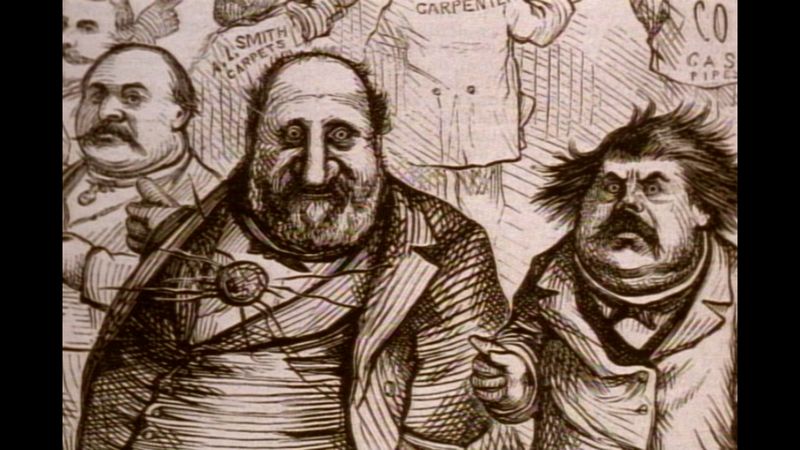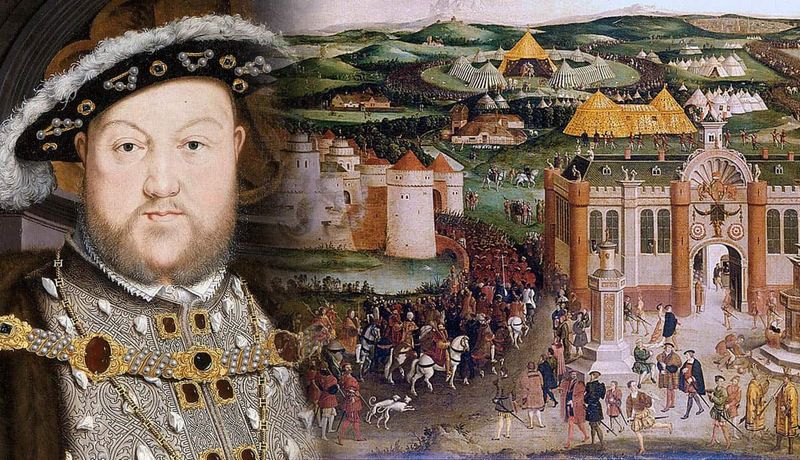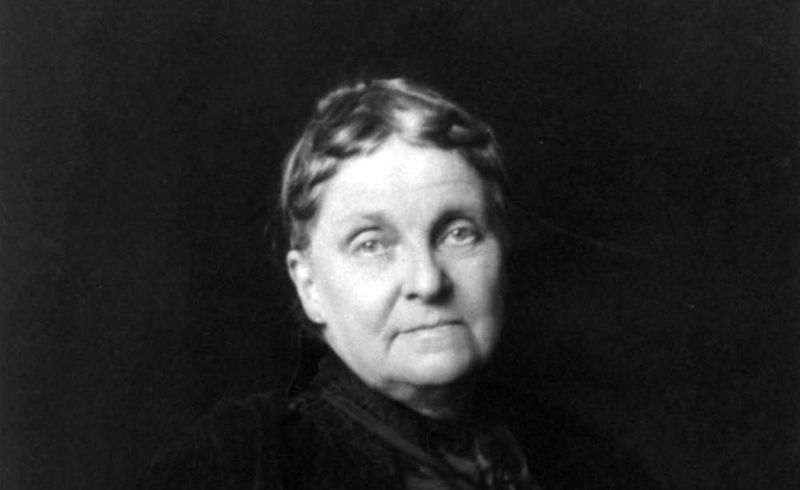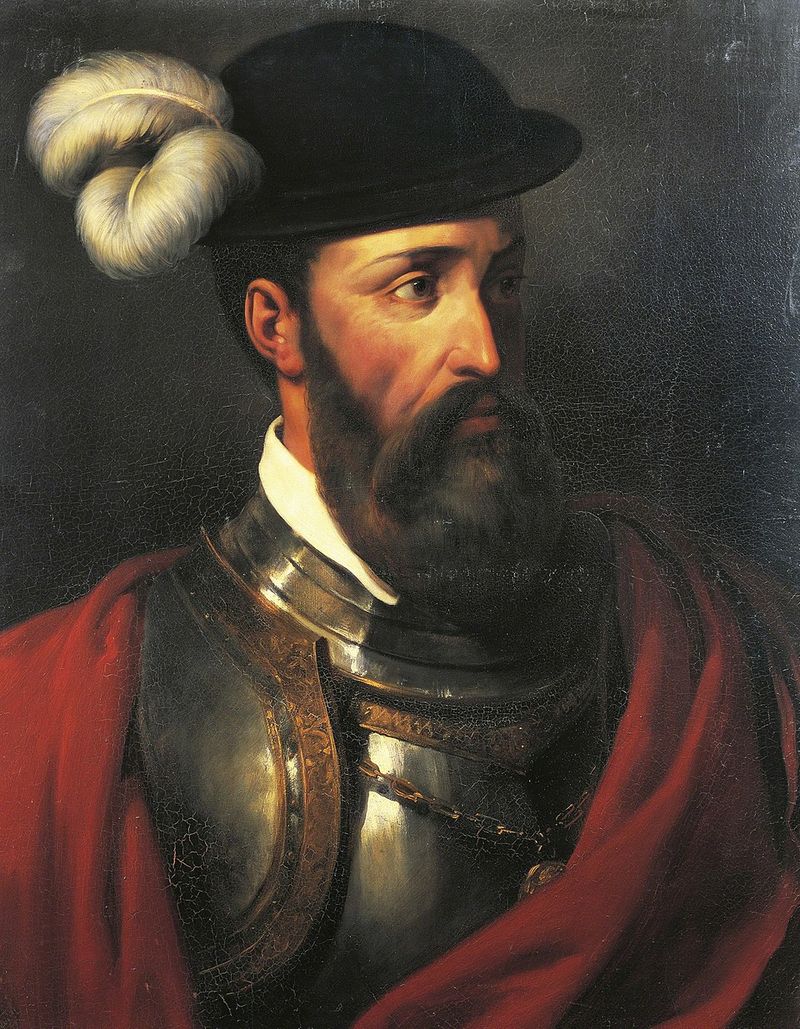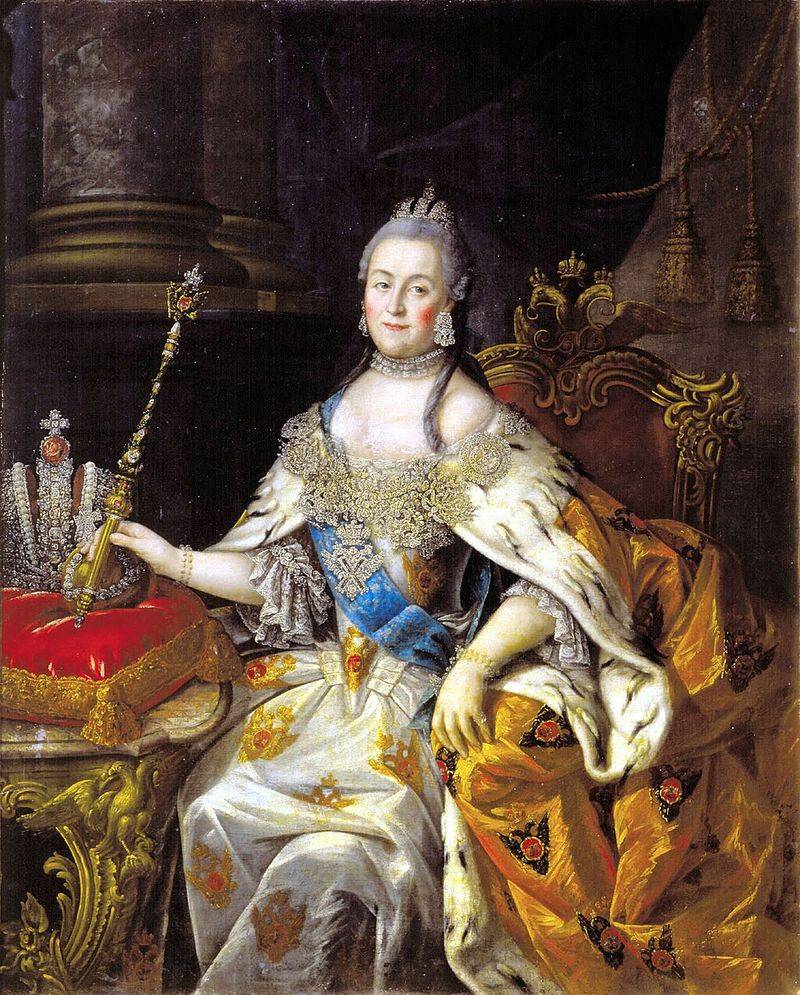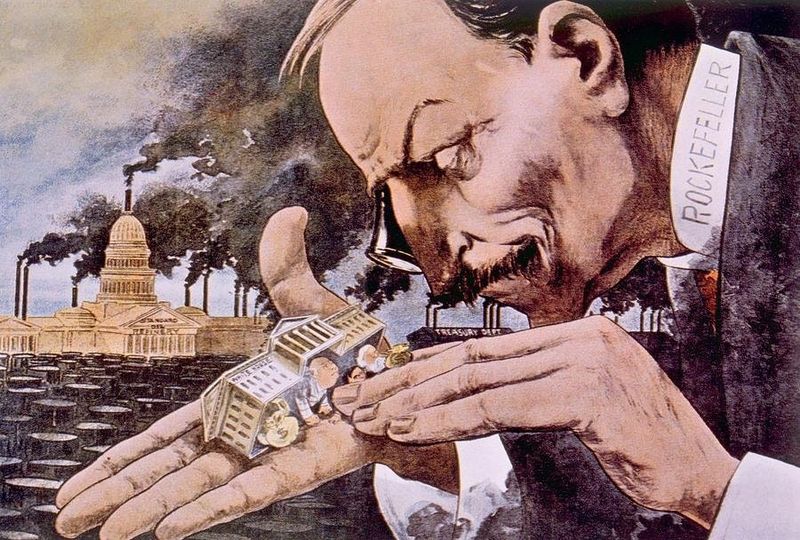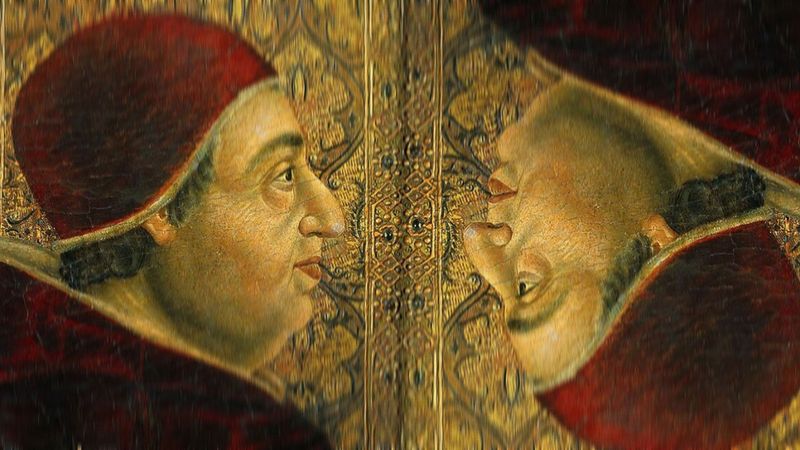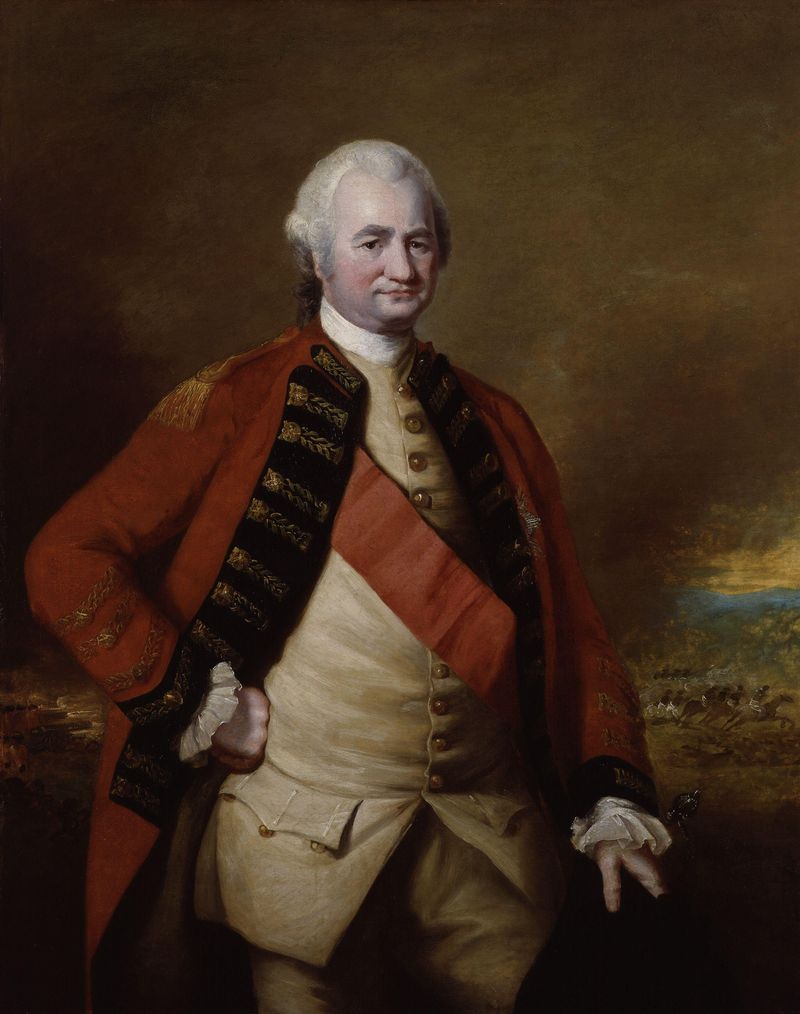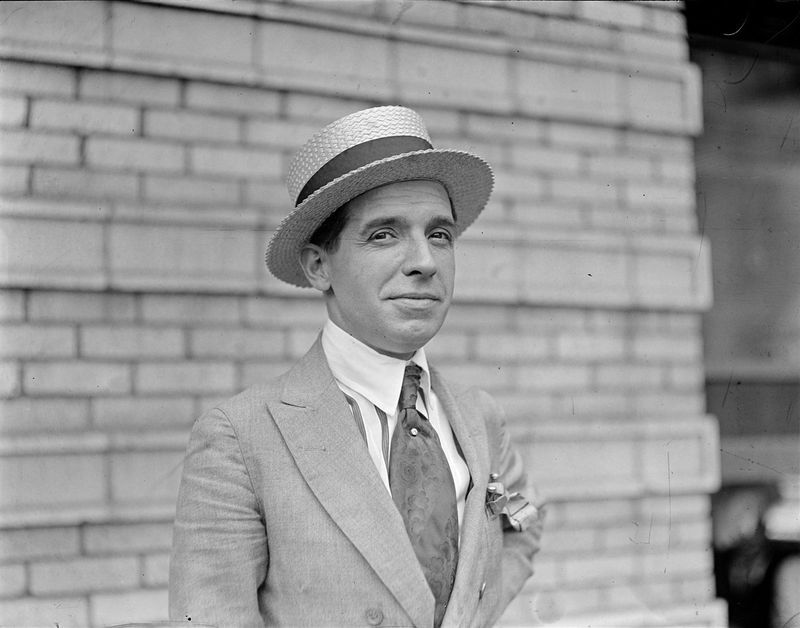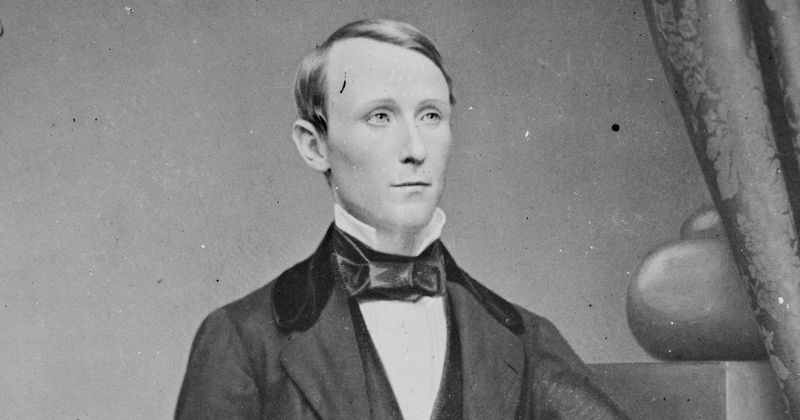History books often glorify powerful leaders and influential figures, but rarely highlight their darker traits like greed and exploitation. Behind many celebrated historical narratives lie uncomfortable truths about individuals who amassed wealth and power at others’ expense. These 19 historical figures exemplify how unchecked avarice shaped decisions that affected countless lives, yet their stories of greed remain largely untold in mainstream history lessons.
1. Leopold II of Belgium: Africa’s Nightmare
Leopold II transformed the Congo into his personal money machine, killing millions in his quest for rubber and ivory. While European powers carved up Africa, he operated a ruthlessly efficient system of forced labor that mutilated those who failed to meet impossible quotas.
Workers who fell short often had hands chopped off as punishment. The brutality generated enormous wealth—equivalent to billions in today’s money—which he spent on lavish buildings and personal luxuries in Belgium.
Despite causing a holocaust that reduced Congo’s population by nearly half between 1880-1920, Leopold’s name doesn’t trigger the same universal revulsion as other historical monsters.
2. Marcus Licinius Crassus: Rome’s First Fire Profiteer
Ancient Rome’s wealthiest man built his fortune through a scheme that would make modern disaster capitalists blush. Crassus organized the first fire brigade in Rome—but refused to extinguish flames unless property owners sold their burning buildings to him at rock-bottom prices.
Faced with total loss, desperate Romans accepted his predatory offers. Once purchased, his private firefighters would immediately save the structure, which he then resold at massive profit.
His fortune grew to approximately 200 million sesterces (billions in modern currency), making him richer than the Roman treasury itself before his infamous death—executed by having molten gold poured down his throat.
3. Cornelius Vanderbilt: The Cutthroat Commodore
Railroad tycoon Vanderbilt pioneered corporate sabotage tactics that would be illegal today. When competitors challenged his monopolies, he’d slash prices below cost until they faced bankruptcy, then buy their assets for pennies on the dollar.
His famous quote—”What do I care about the law? Hain’t I got the power?”—perfectly captured his business philosophy. Vanderbilt bribed legislators, judges, and newspapers to protect his interests while exploiting immigrant workers who died by the thousands building his empire.
By the time of his death in 1877, he had amassed $100 million ($2.5 billion today), yet gave almost nothing to charity despite being America’s richest man.
4. Empress Dowager Cixi: Imperial China’s Treasury Drainer
From concubine to China’s de facto ruler, Cixi’s 47-year reign was marked by staggering financial excess while her country crumbled. During a devastating famine that killed millions, she diverted funds meant for the navy to build an elaborate marble pleasure boat that couldn’t even float properly.
Palace records reveal she spent over 30 million taels of silver (billions in today’s currency) on her 60th birthday celebration alone. Her extravagance extended to 3,000 eunuchs, daily 108-course meals, and priceless jewelry collections.
When foreign powers threatened China, the treasury stood empty—she had spent the equivalent of several years of national revenue on her Summer Palace.
5. Jay Gould: Wall Street’s Most Hated Manipulator
Notorious for causing the “Black Friday” market crash of 1869, Gould cornered the gold market through insider trading and government corruption. He bribed President Grant’s brother-in-law to gain confidential treasury information, then manipulated gold prices, bankrupting countless investors overnight.
Gould specialized in “watering stock”—artificially inflating company values, selling shares to unsuspecting buyers, then abandoning ship when prices collapsed. His railroad schemes involved creating phantom companies that existed solely on paper.
Mark Twain called him “the most thoroughly corrupt man in New York.” When he died, newspapers celebrated with headlines like “The Devil is Dead” despite his $72 million fortune (billions today).
6. Mansa Musa: Medieval Africa’s Gold Hoarder
History remembers Mansa Musa for his famous hajj to Mecca, but overlooks how he acquired his unprecedented wealth. As ruler of Mali, he controlled the region’s gold mines where thousands labored under brutal conditions, many dying from cave-ins, exhaustion, and disease.
His famous pilgrimage in 1324 wasn’t just religious devotion—it was a calculated display of power. Musa’s caravan included 60,000 people and 80 camels each carrying 300 pounds of gold, which he distributed so lavishly it caused inflation and economic disruption throughout the Middle East.
Back home, his subjects lived in poverty while he hoarded wealth estimated at $400 billion in today’s currency.
7. William M. Tweed: Tammany Hall’s Plunderer
“Boss” Tweed perfected municipal corruption on an industrial scale in 1860s New York City. His Tammany Hall political machine inflated city contracts by up to 85%, pocketing millions while essential services crumbled.
A courthouse originally budgeted at $250,000 eventually cost taxpayers $13 million ($200 million today)—with most vanishing into Tweed’s pockets. He controlled judges, newspapers, and politicians through an elaborate system of kickbacks and bribes.
When a janitor with no construction experience received $360,000 for “plastering work,” nobody questioned it. Tweed’s famous response when confronted about corruption: “What are you going to do about it?”
8. Henry VIII: England’s Royal Gold Digger
Beyond his famous six wives, Henry VIII executed one of history’s greatest wealth transfers. When he dissolved England’s monasteries in the 1530s, he seized approximately 25% of all landed wealth in England—not primarily for religious reasons but to fill royal coffers.
Monastery treasuries containing centuries of accumulated gold, silver, and jewels disappeared overnight. Priceless medieval manuscripts were destroyed, their gold bindings melted down.
Henry spent this enormous windfall within just seven years on palaces, wars, and luxuries. By his death in 1547, he had executed over 72,000 people and debased England’s currency to fund his extravagance, creating inflation that impoverished his subjects for generations.
9. Rasputin: The Mystical Money Extractor
Grigori Rasputin leveraged his influence over the Russian royal family into a lucrative racket. Far from the simple holy man of popular imagination, he sold access to the Romanovs, accepting massive bribes from businessmen and political appointees seeking favors.
Court records show he received expensive gifts including a Rolls-Royce and a mansion while maintaining a harem of aristocratic women. His apartment became a hub for influence peddling, with visitors paying thousands of rubles (hundreds of thousands in today’s money) just for meetings.
Banking records discovered after his death revealed Swiss accounts containing millions—all while presenting himself as an ascetic holy man devoted to poverty.
10. Hetty Green: The Witch of Wall Street
America’s richest woman earned her nickname “The Witch of Wall Street” through legendary miserliness despite controlling assets worth $100 million ($2.5 billion today). Green refused to heat her home, wore the same black dress until it disintegrated, and subsisted on oatmeal heated on office radiators.
Her son’s leg was amputated after she refused proper medical care, searching instead for free clinics. She moved constantly between cheap apartments to avoid establishing residency for tax purposes.
Green once spent hours searching for a two-cent stamp she had misplaced, while her investment portfolio generated $50,000 daily. Despite her wealth, she died having never donated to charity or improved anyone’s life—including her own.
11. Francisco Pizarro: Gold-Obsessed Conquistador
Pizarro’s conquest of Peru wasn’t about spreading Christianity—it was a ruthless gold grab. After capturing Incan emperor Atahualpa, he demanded a ransom room filled with gold and silver (worth over $50 million today).
Even after receiving the ransom, Pizarro executed Atahualpa anyway. His men systematically melted down irreplaceable Incan artifacts—golden sun disks, elaborate jewelry, and religious items—destroying thousands of years of cultural heritage.
Pizarro instituted the mita system forcing natives to work in deadly silver mines where thousands perished from mercury poisoning. His greed didn’t just steal wealth—it annihilated an entire civilization’s artistic legacy while sending its people into generational poverty.
12. Catherine the Great: Imperial Russia’s Land Grabber
Catherine’s reputation as an enlightened ruler masks her extraordinary greed for land and serfs. After overthrowing her husband, she gifted over 800,000 state-owned peasants (making them essentially slaves) to her political allies and lovers.
Her imperial ambitions expanded Russia by 200,000 square miles, but the conquered populations faced brutal Russification policies. When peasants revolted against increasing exploitation, Catherine responded with unprecedented cruelty—over 30,000 were executed or exiled to Siberia during the Pugachev Rebellion.
While corresponding with Enlightenment philosophers about liberty, she strengthened serfdom’s legal bonds, reducing millions to property status while living in unimaginable luxury at her multiple palaces.
13. John D. Rockefeller: Oil’s Monopoly Mastermind
Rockefeller built Standard Oil through tactics so predatory they eventually led to America’s first major antitrust laws. His company secretly bought competing refineries through shell corporations, then shut them down overnight, leaving entire communities unemployed.
He negotiated illegal rebates with railroads, then used these savings to price competitors out of business. Those who refused his buyout offers faced orchestrated shortages, sabotage, and industrial espionage.
By 1880, he controlled 90% of American oil refining despite widespread suffering caused by his methods. When asked about ruining competitors’ livelihoods, he famously replied, “The American Beauty rose can be produced only by sacrificing the early buds that grow around it.”
14. Pope Alexander VI: The Vatican’s Corrupt Auctioneer
Born Rodrigo Borgia, Pope Alexander VI transformed the papacy into a personal ATM machine during the Renaissance. He openly sold Church offices, cardinals’ hats, and even sainthoods to the highest bidders, keeping detailed ledgers of payments.
When funds ran low, he invented new sins requiring special indulgences only he could grant—for a price. He confiscated properties from noble Roman families through false heresy charges, then redistributed them to his children and mistresses.
The papal treasury was systematically looted to fund his legendary orgies and political schemes. When he died in 1503, the Church was nearly bankrupt while his illegitimate children lived in palaces furnished with priceless religious artifacts.
15. Robert Clive: India’s Colonial Plunderer
Known as “Clive of India” in British history books, Robert Clive pioneered colonial extraction techniques that transferred incalculable wealth from India to Britain. After the Battle of Plassey in 1757, he personally accepted £234,000 (over $30 million today) in bribes from the new puppet ruler he installed.
Clive manipulated local politics to grant the East India Company exclusive trading rights, then instituted policies causing the Bengal Famine of 1770 that killed 10 million Indians. Company warehouses remained full of grain while people starved outside.
When questioned in Parliament about his fortune, he famously declared: “I stand astonished at my own moderation” in not taking more.
16. Isabella of Castile: Gold-Hungry Inquisitor
Beyond sponsoring Columbus, Queen Isabella launched the Spanish Inquisition largely as a wealth confiscation scheme. By targeting wealthy Jewish and Muslim families with heresy charges, the crown seized enormous properties and fortunes.
Court records reveal Isabella personally received detailed inventories of confiscated goods—jewelry, gold, real estate—with the most valuable items diverted to royal treasuries. The 1492 expulsion of Jews from Spain required them to abandon properties or sell at fraction of value while being forbidden from taking gold or silver.
This massive wealth transfer financed Spain’s global empire while creating a refugee crisis. Isabella’s piety masked a calculated financial strategy that generated the equivalent of billions in today’s currency.
17. Diamond Jim Brady: America’s Gluttonous Gem Hoarder
Gilded Age businessman James Buchanan Brady earned his nickname from the diamonds covering his body—buttons, cufflinks, watch chains, and belt buckles all encrusted with gems. His collection was worth over $2 million ($60 million today).
Brady’s legendary appetite matched his gem obsession. Typical dinners included three dozen oysters, six lobsters, two ducks, steak, and a box of chocolates—all in one sitting. Doctors later discovered his stomach was six times normal size.
While workers in his railroad supply businesses earned starvation wages, Brady spent $10,000 weekly on food and entertainment. His famous boast: “I’m the only man in history who didn’t get his money’s worth in food because I couldn’t eat enough.”
18. Charles Ponzi: The Original Financial Fraudster
Before Bernie Madoff, Charles Ponzi gave his name to history’s most infamous scam. In 1920, he promised investors 50% returns in 45 days through a complex international postal coupon arbitrage scheme that was mathematically impossible.
At the height of his fraud, Ponzi collected $1 million daily ($14 million in today’s money) from eager investors. He maintained a lavish lifestyle—mansion, servants, custom suits—while knowing the entire operation was doomed.
When his scheme collapsed, thousands of immigrants and working-class Bostonians lost life savings totaling $20 million ($281 million today). Yet Ponzi showed no remorse, later writing in his autobiography that his only regret was not taking more before getting caught.
19. Empress Wu Zetian: China’s Ruthless Resource Hoarder
China’s only female emperor rose from concubine to absolute ruler through calculated brutality and greed. Wu Zetian imposed crushing taxation on peasants to fund her extravagant building projects, including a 294-foot bronze Buddha whose construction bankrupted entire provinces.
Imperial records detail her hoarding of silk, jade, and precious metals in underground vaults while famines ravaged the countryside. She created a secret police network that seized properties from wealthy families on fabricated treason charges.
When natural disasters struck, Wu redirected emergency grain reserves to her palaces for lavish banquets. Her reign saw unprecedented wealth concentration while establishing a pattern of imperial excess that continued for centuries.
20. William Walker: Central America’s Forgotten Colonizer
American adventurer William Walker seized control of Nicaragua in 1856 not for political ideals but to create his personal fiefdom. After declaring himself president, he immediately legalized slavery (previously abolished), confiscated land from native Nicaraguans, and gave it to American investors.
Walker’s financial backers included transportation magnate Cornelius Vanderbilt, who funded his mercenary army. His government issued worthless bonds to American investors while instituting a system of forced labor for indigenous people.
Walker’s grand plan—seizing all of Central America as his private empire—collapsed when neighboring countries united against him. Yet for a brief period, this Tennessee-born filibuster controlled an entire nation’s resources for personal profit.

